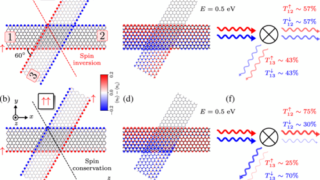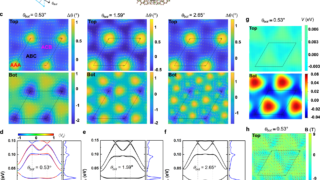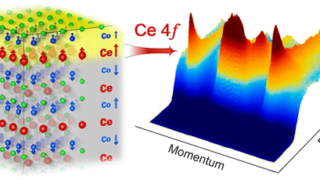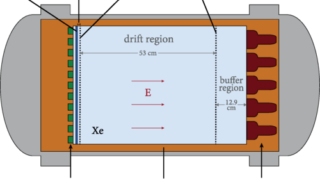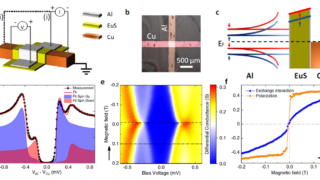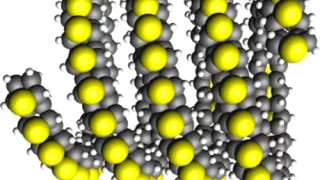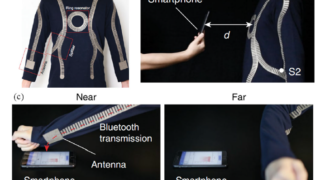
Spoof surface plasmons
When the surface of a perfect conductor is structured at a length scale much smaller than the operating wavelength, geometrically induced surface electromagnetic modes can be supported. Owing to their similarities with the surface plasmon polaritons in the optical regime, these surface electromagnetic modes were named spoof surface plasmons. A new review provides a detailed […]
